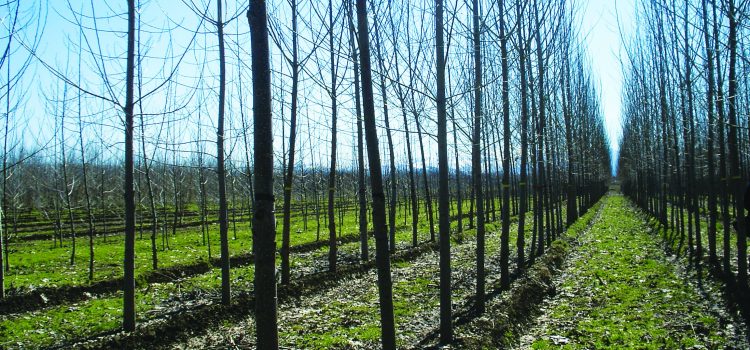Back in 2012 the European Parliament recognised the high potential of the bioeconomy sector both for job and wealth creation and to help the EU’s transition to a more sustainable and circular economy.
Five years on, the European Parliamentary Research Service last month released a briefing presenting challenges and opportunities facing the sector.
The report emphasises the key role of the bioeconomy sector in optimising the use of biomass and biomass waste and residues, in particular through the ‘cascading-use’ principle, “whereby biomass is used more than once, if technically and economically possible, typically with material use(s) as the first step(s) and energy conversion as the last step”.
The Bio4Products project is a great example of this ‘cascading-use’ principle. Rather than converting biomass for energy, Bio4Products will upgrade the biomaterial into renewable chemicals, which can be used to make products such as roofing material, phenolic resins, sand moulding resins, and engineered wood and natural fibre reinforced products.
To tap the full potential of biomass, the report also argues that “bioeconomy policies should be better designed to ensure a cascading use of biomass”. As biotechnology is playing an increasingly important role on the global market, policy support from the European Union will represent a key factor of success of the bioeconomy in Europe.
If you would like to learn more about European bioeconomy policies, click on the following link to read the full report.
